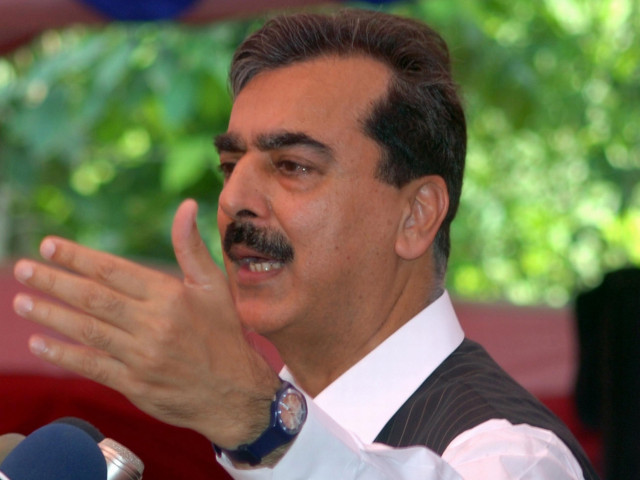WikiLeaks: Gilani open to drone strikes on 'right people'
Documents reveal Gilani said govt would protest the attacks in NA, then ignore them; US forces present in Pakistan.

When Interior Minister Rehman Malik advised the US to hold off "alleged Predator attacks until after the Bajaur operation", Gilani brushed off the remarks saying:
"I don't care if they do it as long as they get the right people. We'll protest in the National Assembly and then ignore it."
The statements were reportedly made during meetings with unnamed US officials in August 2008. The cables also show bureaucrats supporting drones viewing them as a viable solution to loosening Taliban's grip over the Tribal belt.
US forces inside Pakistan
In another shocking revelation, embassy cables reported that small teams of US special forces have been secretly embedded with Pakistani military forces in the tribal belt helping to coordinate drone attacks and to hunt down Taliban and al Qaeda fighters.
One memo quoted by the Times said that 12 US Special Operations soldiers had deployed with Pakistani troops near the Afghan border.
A report in the Guardian quoted the job of the special forces to be "to provide 'intelligence, surveillance and reconnaissance' support – ISR in military jargon – 'general operational advice' and to help set up a live satellite feed from American drones flying overhead, presumably CIA-operated Predator and Reaper aircraft. The memo said that the forces had been deployed since 2008 but were limited to a training role. It said that the permission for the active combat deployment "almost certainly" came with the personal consent of the army chief General Ashfaq Kayani.
US presence in the country has been a sensitive issue in Pakistan. Earlier, reports of US military presence in areas around Quetta had drawn condemnations from opposition parties and the public. The Pakistani government and the United States embassy however had denied reports about the presence of US forces in Quetta.


















COMMENTS
Comments are moderated and generally will be posted if they are on-topic and not abusive.
For more information, please see our Comments FAQ